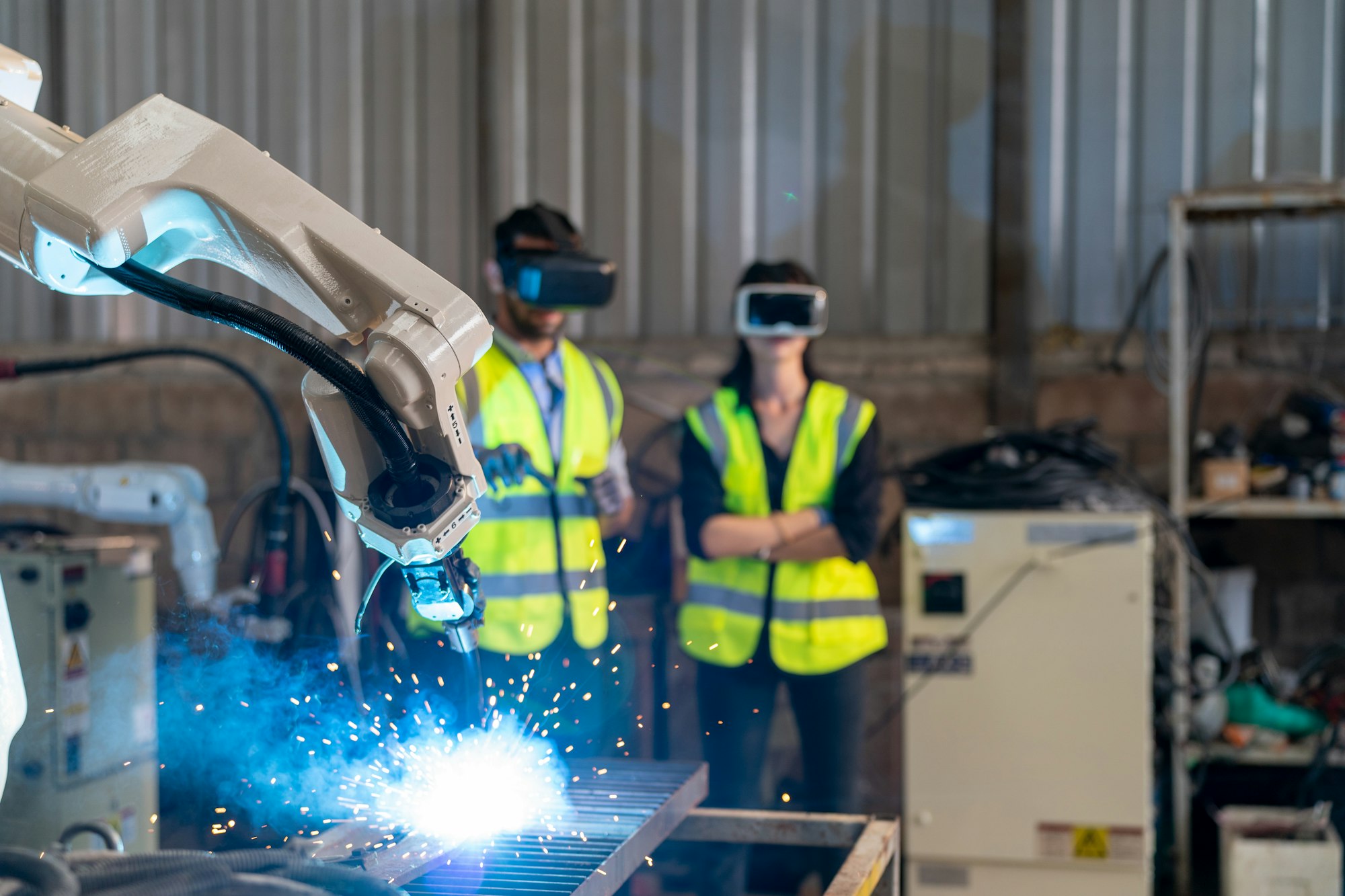Exploring Different Robot Designs
As robotics technology advances, we’re seeing more varied robot designs, thanks to companies like Boston Dynamics. They’re not just making humanoid (human-like) robots but also exploring robots that move like animals or even swim and fly. This variety shows that the future of robotics will involve different types of robots tailored to specific tasks.

Choosing the Right Robot for the Job
Adapting Design to Needs
According to Alex Perkins, a senior tech director at Boston Dynamics, the best robot design depends on the job it needs to do. Sometimes, robots shaped like humans or animals are useful, but other times they might not be the best fit. Boston Dynamics has learned from different industries to create robots that are perfect for specific tasks.
Focusing on Warehouse Robots
For instance, Boston Dynamics first used its humanoid robot, Atlas, in warehouses to move boxes. But they soon realized that other designs could do the job better. Their newer robots, like Handle and Stretch, are more specialized for warehouse tasks. Stretch, which has four wheels, can move boxes much faster than Atlas could.
Comparing Four-Legged and Two-Legged Robots
Benefits of Four-Legged Robots
For tasks that involve moving over uneven surfaces, four-legged robots like Boston Dynamics’ Spot are usually better than two-legged ones. They are simpler, cheaper, and more reliable because they need fewer parts to move. Spot, for example, can handle rough terrain much better than Atlas.
Four-Legged Robots in Action
In tests, Spot has shown it can handle challenging outdoor environments better than Atlas. This makes four-legged robots great for areas where the ground isn’t smooth, and staying balanced is important.
How Language Models Help Train Robots
Training Robots with AI
Training robots to do complex tasks is getting easier with the help of Large Language Models (LLMs), like the technology used by Apptronik. These AI systems can understand human language and translate it into instructions for robots. This simplifies teaching robots new tasks, especially in places like warehouses where integrating new technology can be tricky and expensive.
AI in Warehouses
In warehouses, robots trained with LLMs can understand and follow voice commands without needing complex programming. For example, a robot might understand a command like “get five boxes from that spot” directly, without any complicated setup.
The Future of Humanoid Robots
Challenges Facing Humanoid Robots
Humanoid robots are fascinating and get a lot of attention, but they still face practical challenges like limited battery life and movement speed. Despite these issues, the effort to develop humanoid robots helps push forward technology in the robotics field.
What’s Next for Humanoid Robots
Boston Dynamics knows that humanoid robots aren’t perfect for every situation yet. But ongoing research and development are helping improve all kinds of robotic technology, making future robots more capable and versatile.
Learn about Boston Dynamics’ role in the evolving world of robotics, from specialized designs to advanced AI training methods. See how these innovations shape what robots can do and understand the challenges and opportunities of humanoid robots in this straightforward overview.

FAQ for Boston Dynamics and the Future of Robotics
1. Why does Boston Dynamics focus on different robot designs instead of just improving humanoid robots?
Boston Dynamics focuses on various robot designs because different tasks require different forms. While humanoid robots are versatile, they aren’t always the most efficient for every job. For example, four-legged robots like Spot are better suited for rough terrain, and wheeled robots like Stretch are faster in warehouse environments. By creating specialized robots, Boston Dynamics can optimize performance for specific tasks.
2. How are Large Language Models (LLMs) used to train robots?
Large Language Models (LLMs) help simplify the training process for robots by allowing them to understand and execute tasks based on natural language instructions. Instead of needing complex programming, a robot can be trained to follow simple voice commands, such as “move these boxes,” which makes the integration of robots into environments like warehouses much easier and more cost-effective.
3. What are the current limitations of humanoid robots, and why do they still matter?
Humanoid robots face challenges like limited battery life and slower movement speeds, which make them less practical for certain tasks compared to other robot designs. However, developing humanoid robots is important because it drives technological advancements in robotics overall. The research and innovation required to improve humanoid robots also benefit other areas of robotics, leading to more advanced and capable machines in the future.
Sources Forbes


